Energy Efficiency Management in the Maritime Industry
A new rule for the implementation of the energy efficiency is underway by the global watchdog for the maritime industry, the International Maritime Organization (IMO). The stakeholders over whom the regulation will have a direct impact over are the shipowners and operators who have already expressed great concern over what is called the Energy Efficiency design Index (EEDI).
An IMO working group has implied that all new ships above 400 GT will have to implement the new EEDI in the near future. The exceptions to the first portion of this rule will be the RO-RO vessels and those vessels which have electric, turbine or hybrid propulsion systems, which will be included after an appropriate reference line for ships with these propulsion systems has been established.
What is Energy Efficiency design Index (EEDI) and why it came about?
In terms of CO2 emissions per tonne of cargo, shipping is the most efficient form of commercial transport. But due to the sheer scale of the industry, shipping contributes to about 3% of the world’s emissions, which is 0.9 billion tonnes in 2010! To top it all, popular studies indicate that the emission rate is to increase by 75% in the next 15 years due to demand and growth in global trade. Needless to point out, this has exerted a lot of pressure by the international community on the IMO to increase restrictions on the shipping industry.
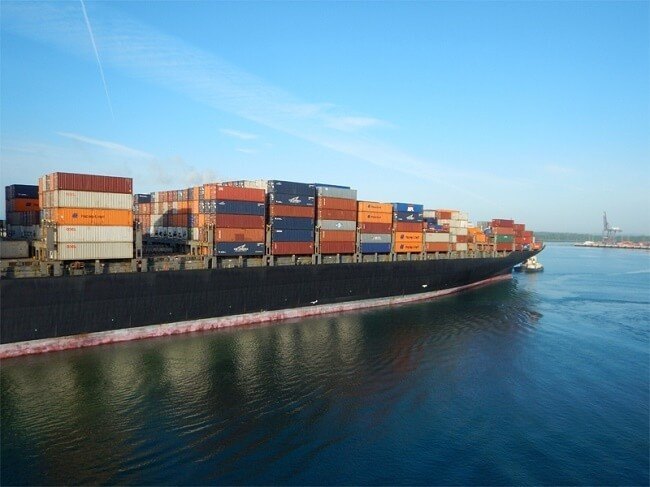
To quote the opinion of the International Chamber of Shipping on this issue, “The consensus of opinion within the global industry is that it may be possible for shipping to reduce CO2 emitted per ton of cargo transported one kilometer (ton/km) by perhaps 15%-20% between 2007 and 2020, through a combination of technological and operational developments, as well as the introduction of new and bigger ships, designed to the new IMO Energy Efficiency Design Index.”
As a result of such international consensus, the member states of IMO have agreed on certain key principles on development on regulations from ships so that they will effectively reduce CO2 emissions, be cost effective and at the same time be based on sustainable development without restricting trade and growth. Thus came into being the EEDI developed by IMO.
The means proposed to reduce CO2 – EEDI
The Marine Environment Protection Committee (MEPC) of the IMO has prescribed certain technical considerations and measures for reducing the CO2 emissions, with an agreed timetable for adoption. This is what comprises the Energy Efficiency design Index (EEDI) which is on the verge of being enforced soon.
The empirical formula for the EEDI is as follows:
EEDI = (Power · Specific Consumption · Carbon Conversion) / (Capacity · Speed)
This essentially translates into (number of grams of CO2 emissions) per tonne per nautical mile.
The image derived from the data of container ships built between 1998 and 2007 gives us a basic trend of the distribution of the quantity of emission relative to deadweight. Any new building with a large deviation upwards from the trend would obviously be categorized as deviating from the “baseline” of a good ship.

This method of calculating the efficiency index does present some limitations as any method would. The design of fast ships such as RO-RO will never present a good index as speed is taken too linearly into consideration here and parameters for diesel electric or hybrid system propelled vessels are difficult to be included in the formula.
Hence the first tranche of the rule excludes the RO-RO, RO-PAX and other vessels propelled with diesel electric and hybrid propulsion systems.
EEDI Conclusion
The EEDI is essentially a measure of efficiency of ships in transportation, such that maximum cargo carried with minimal fuel consumption and therefore minimal CO2 emissions will give a vessel a good index.
What the EEDI predominantly emphasizes upon is to enforce power limits for new ships, thus reducing their operational speeds and reduce carbon emissions. Hence this may necessitate the reduction in speed for bulkers and tankers in the near future. But before passengers, RO-ROs and other special ships come under the purview of the rule, the EEDI requires additional parameters for accuracy with regard to these vessels.
In the future of the maritime industry, we can expect that the “energy efficiency” will become an integral part of every ship owner’s Newbuildings department. But a new vessel designed to fit the “targets” of EEDI will not be justified unless energy efficiency is monitored and balanced during the operational life of the vessel too.
Do you have info to share with us ? Suggest a correction
About Author
Marine Insight News Network is a premier source for up-to-date, comprehensive, and insightful coverage of the maritime industry. Dedicated to offering the latest news, trends, and analyses in shipping, marine technology, regulations, and global maritime affairs, Marine Insight News Network prides itself on delivering accurate, engaging, and relevant information.

About Author
Marine Insight News Network is a premier source for up-to-date, comprehensive, and insightful coverage of the maritime industry. Dedicated to offering the latest news, trends, and analyses in shipping, marine technology, regulations, and global maritime affairs, Marine Insight News Network prides itself on delivering accurate, engaging, and relevant information.
Latest Maritime law Articles You Would Like:
Latest News
- What are Logistics Risks?
- How Port and Terminal Operators Can Control Emissions?
- Minimum Quantity Commitment (MQC) and Liquidated Damages in Container Shipping: Concept and Relevance
- MARPOL (The International Convention for Prevention of Marine Pollution For Ships): The Ultimate Guide
- The Ultimate Shipping Container Dimensions Guide
- A Comprehensive Overview of IMDG Code for Shipping Dangerous Goods
Subscribe To Our Newsletters
By subscribing, you agree to our Privacy Policy and may receive occasional deal communications; you can unsubscribe anytime.
Web Stories



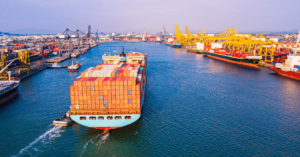
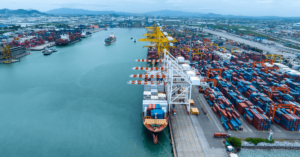
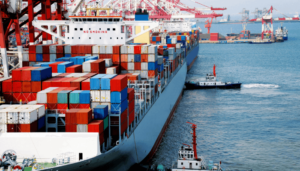
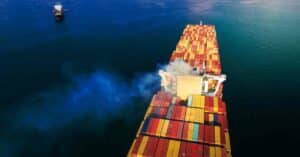
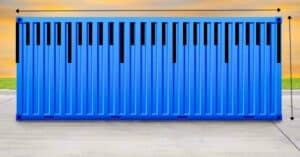
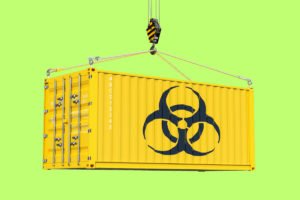

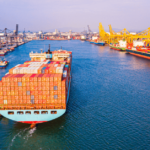
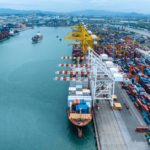
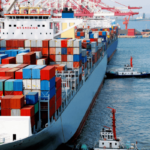
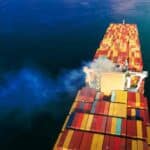
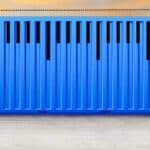
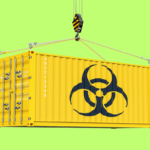

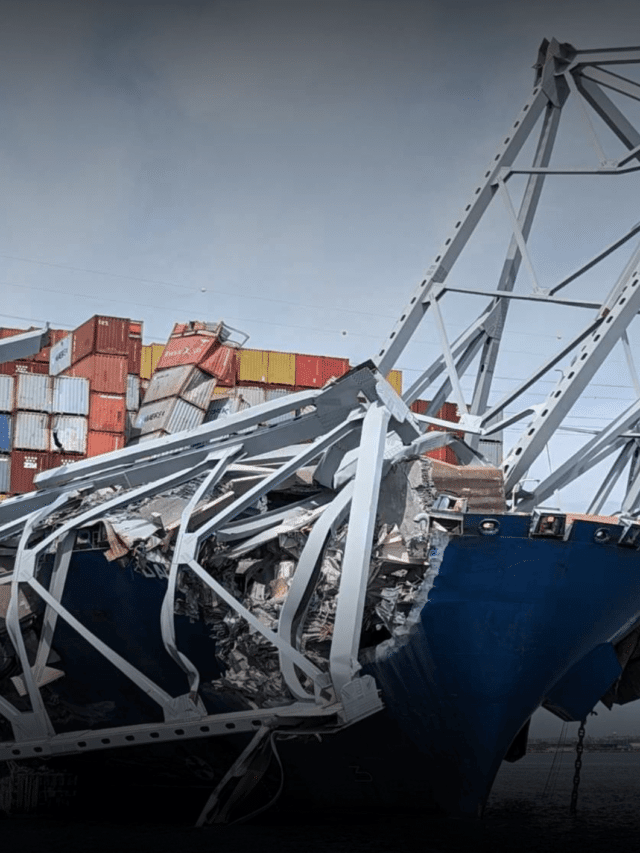


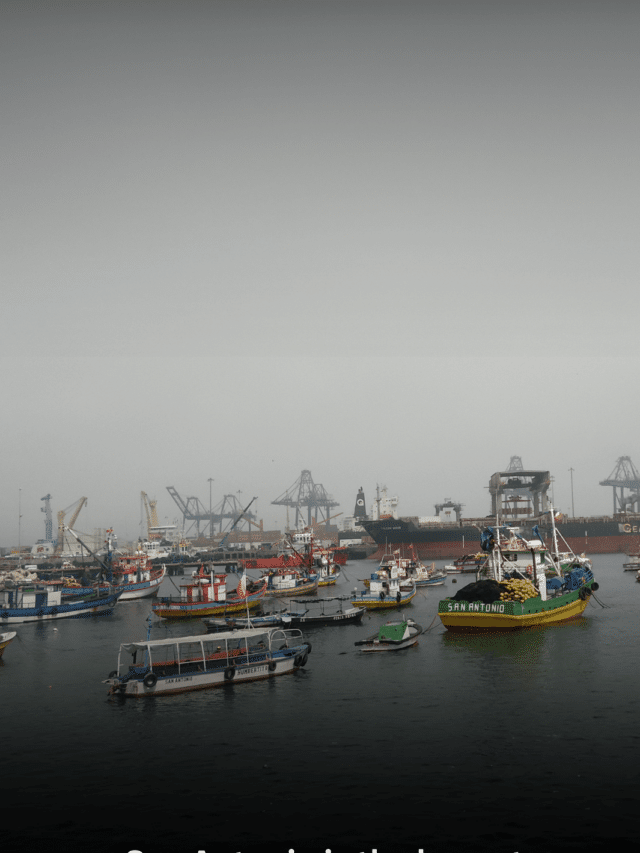
Nice article and well organised thank you.
very well explained in few words